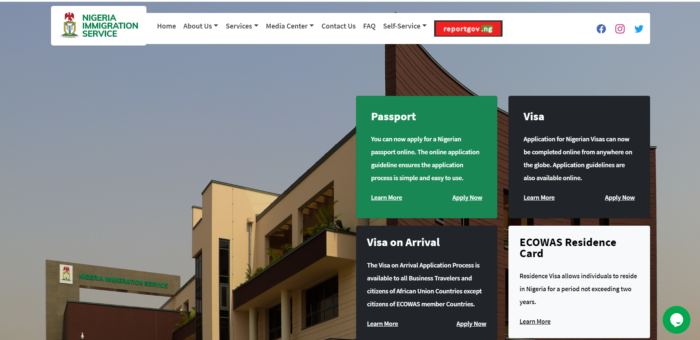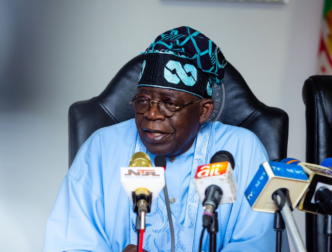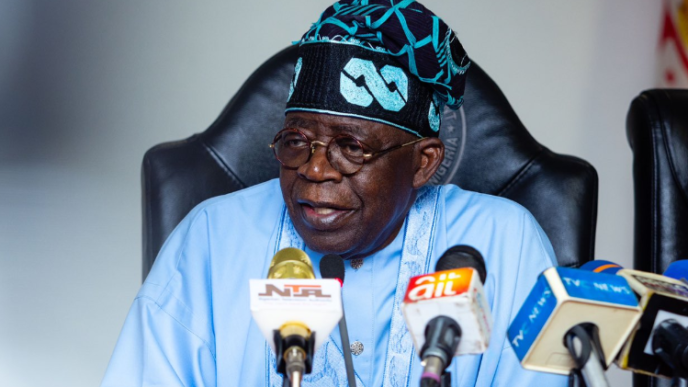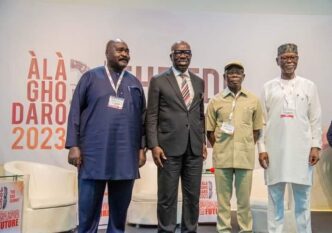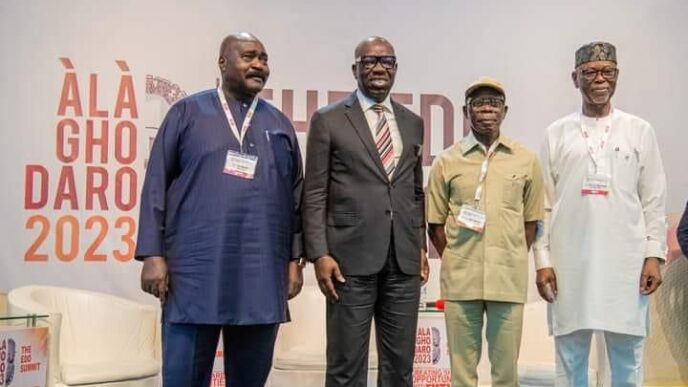Nigerian Immigration website
BY OLUWATIMILEYIN SALAAM
Government websites worldwide serve as vital gateways for citizens to access information and services. However, for many Nigerians, navigating these online platforms can be a frustrating experience. The solution? A unified design system for all government websites.
But what exactly is a design system? Simply put, it’s a collection of reusable components, guided by clear standards, that can be assembled to build any number of applications or websites. Think of it as a comprehensive toolkit that ensures consistency, efficiency, and user-friendliness across all digital platforms.
Currently, Nigerian government websites present a mixed bag of designs, layouts, and user experiences. This lack of uniformity creates several challenges for citizens. Users must relearn how to navigate each government website they visit, wasting time and causing frustration. The varying designs and domain structures make it difficult to distinguish legitimate government websites from fraudulent ones, potentially exposing citizens to scams. Moreover, inconsistent design practices often result in poor accessibility, making it challenging for people with disabilities or those using older devices to access vital information and services.
Advertisement
Implementing a unified design system for Nigerian government websites would bring numerous benefits:
1. Increased Trust and Credibility: A professional and consistent appearance across all government sites can boost public trust in online government services, encouraging more citizens to engage with e-government initiatives.
2. Cost Savings and Efficiency: With a shared set of design components, the government can reduce development and maintenance costs, allowing for faster deployment of new services and updates.
Advertisement
3. Enhanced Accessibility: Standardised design elements can ensure that all government websites meet accessibility guidelines, making them usable for all Nigerians, including those with disabilities.
4. Improved User Experience: A consistent layout and navigation structure across all government sites would make it easier for citizens to find information and access services, regardless of which agency’s site they’re visiting.
Several countries have successfully implemented unified design systems for their government websites, demonstrating the feasibility and benefits of such an approach. The United Kingdom’s GOV.UK platform provides a single domain for government services with a consistent design. The United States offers the U.S. Web Design System for federal websites, while Australia has its own Government Design System.
Implementing a unified design system in Nigeria would undoubtedly face challenges. The initial investment in time and resources could be substantial, and there may be resistance to change from various government bodies. Additionally, balancing the need for uniformity with the specific requirements of different ministries and agencies would require careful planning and execution.
Advertisement
However, the long-term benefits far outweigh these initial hurdles. A unified design system would not only improve the digital face of the Nigerian government but also significantly enhance the way citizens interact with government services online.
As Nigeria continues to embrace digital transformation, it’s time for our government websites to reflect the unity and progressiveness of our nation. By adopting a unified design system, we can create a more accessible, efficient, and trustworthy online presence for our government, ultimately serving the Nigerian people better in the digital age.
The time has come for Nigeria to join the ranks of nations prioritising user-centric design in e-government. This is a call on our leaders to invest in a unified design system – a step that will undoubtedly move us closer to realising the full potential of digital governance in Nigeria.
Oluwatimileyin Salaam is a product designer with over three years of experience in user-focused digital solutions.
Advertisement
Views expressed by contributors are strictly personal and not of TheCable.
Add a comment
